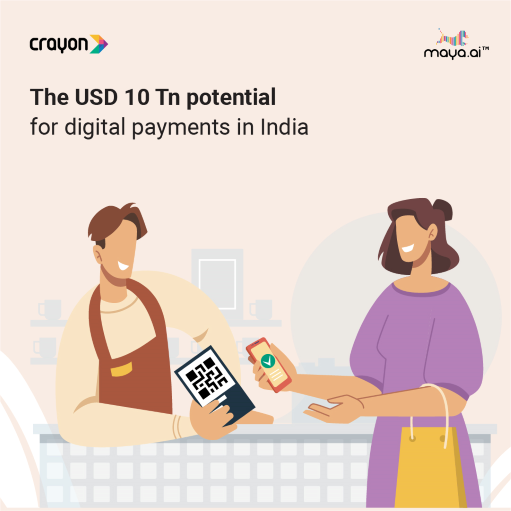Have you watched the latest Netflix sensation, Inventing Anna? It follows protagonist Anna Delvey’s quest for power, money, and fame. With a dash of personal and financial deception. And no one is spared: from socialites and hotels to banks and New York’s finest financial institutions.
It seems ludicrous that these events transpired between 2014 to 2017, when fintech was booming! Imagine this story playing out in India. As fintech became one of the fastest growing industries in the country, government policies and structure stepped in. And they continue to evolve. Here are five trends from Indian fintech that are worth following.
1. Super-apps: Fintech + BigTech
In countries like China, e-commerce and BigTech have partnered to unify multiple services into a single platform. But in India, the banking sector has spearheaded the evolution of super-apps. HDFC Bank and State Bank of India have led the way in extending their services through their digital banking apps. These range from in-app e-commerce marketplaces to financial services like insurance and investments. Now, big banners like Reliance Industries Ltd (RIL) and Tata Group are following suit.
After a decade of fragmentation and unbundling of lifestyle services, consumers are reverting. This preference is also extended to the use of apps. And so, Banking-as-a-Service is becoming ubiquitous. Even non-banks are embedding financial services into their experience.
2. Buy Now Pay Later
BNPL (Buy Now Pay Later) is a credit system which awards the customers instant credit to purchase high-value goods. Especially impulsive, unplanned purchases. The installment plan lending is integrated into the payment flows of online stores.
The BNPL system runs a speedy soft check on the customer and returns decisions within seconds. This means customers get their credit at the POS. There’s huge potential in this segment: from 15 Bn USD today, it is slated to grow to 100 Bn USD by 2025. According to RazorPay’s The Covid Era of Rising Fintech report, the India BNPL market grew more than 637% in 2021, higher than the 569% growth registered in 2020.
There are around a dozen players in India including ZestMoney, LazyPay, MobiKwik, Paytm Postpaid, Amazon Pay Later, Flipkart Pay Later, Capital Float among others. Even traditional banks are jumping onto the BNPL bandwagon. This includes HDFC Bank’s FlexiPay and ICICI Bank’s ICICI PayLater. Axis Bank also bought Freecharge from e-commerce firm Snapdeal.
3. Hyper-personalization with neobanks
Neobanks, or challenger banks, gain customers goodwill by providing lowered fees, better offers, and greater convenience. For instance,
- Jupiter gives actionable insights to customers through real-time spends breakdowns
- Fipay customers can withdraw cash on phones or tablets through its mATM service
- Finin provides hyper-personalized investment solutions for customers to suit their lifestyle choices
Customers increasingly appreciate such thoughtfulness in a financial service provider. According to research from Accenture, 81% of customers think it’s important for brands to approach them in a timely, personalized manner. They are also likely to abandon business relationships that lack personalization. Therefore, being customer centric is more crucial than ever.
4. Open banking
In the simplest terms, open banking allows access and control of consumer banking and financial accounts to third-party applications (like Google Pay, for instance). In September 2021, around 3.65 Bn transactions were completed through UPIs. With a transaction dollar value of 79 Bn USD.
Clearly, open banking is leading the digital revolution of legacy institutions. And with good reason.
- Customers: It is convenient, fast, and secure.
- Lenders: It provides an accurate picture of a customer’s financial situation and risk level.
- Financial enterprises: It can mend customer relationships and increase customer retention.
By 2027, nearly 40% of the business of digitally savvy banks would be through embedded finance model (and neobanks) powered by Open Banking with e-commerce giants, social media players, mobility leaders, food delivery platforms, fintechs, and other customer engagement platforms. During this period, nearly 30% of businesses would be through their digital platforms (competing with neobanks) like mobile banking, Internet banking, WhatsApp banking.
5. Cryptocurrency
Cryptocurrency is still a grey area. However, digital currency and assets have garnered attention over the years. According to a survey, India had a 9% crypto adoption rate in 2020 and grew to 15% in 2021.
The Supreme Court of India lifted the 2018 ban on virtual currencies in 2020. Indian banks opened crypto exchanges after the Official Digital Currency Bill laid down regulations. India has become one of the few countries to impose tax on digital assets such as cryptocurrencies and NFTs in the Union Budget 2022.
WazirX, the crypto exchange platform, has listed net banking facilities of several banks such as Union Bank of India, IDBI, and Deutsche Bank for users to make crypto purchases. On the other hand, HDFC Bank, ICICI, and Axis Bank have also become market participants. They allow transactions in virtual currencies through the UPI platform. Top crypto start-ups in India are:
- WazirX: It leads the volume of transactions with a weekly website traffic of over 36,000 visitors.
- CoinDCX: While they have considerably lower weekly visitors, (around 20,000) they top the charts in the number of digital coins on a platform (210).
- CoinSwitch Kuber: This Bengaluru-based start-up saw a massive spike in app downloads in 2021. With 6.1 Mn downloads, and a 3.5x rise in registrations, it quickly became the most downloaded crypto exchange app in India.

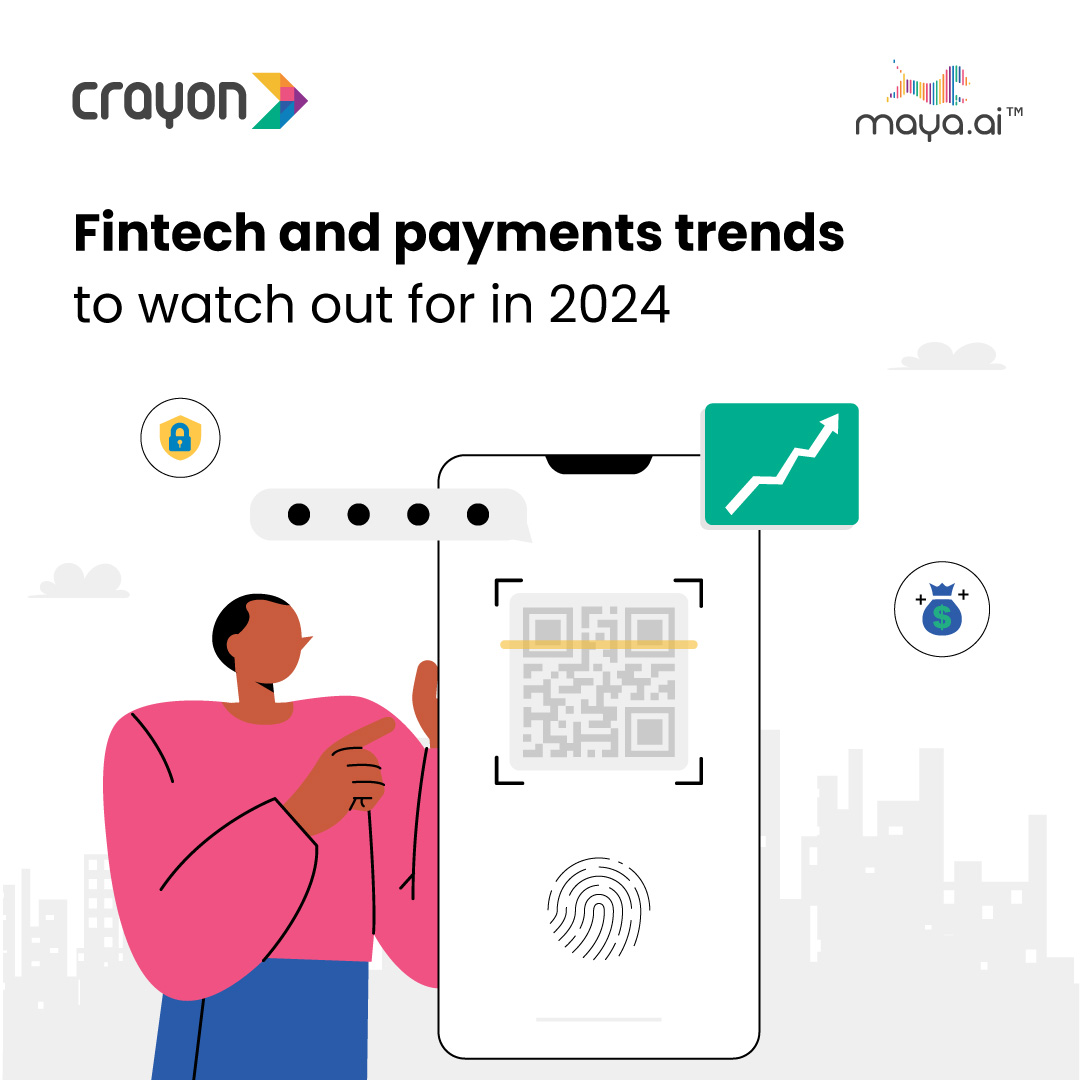
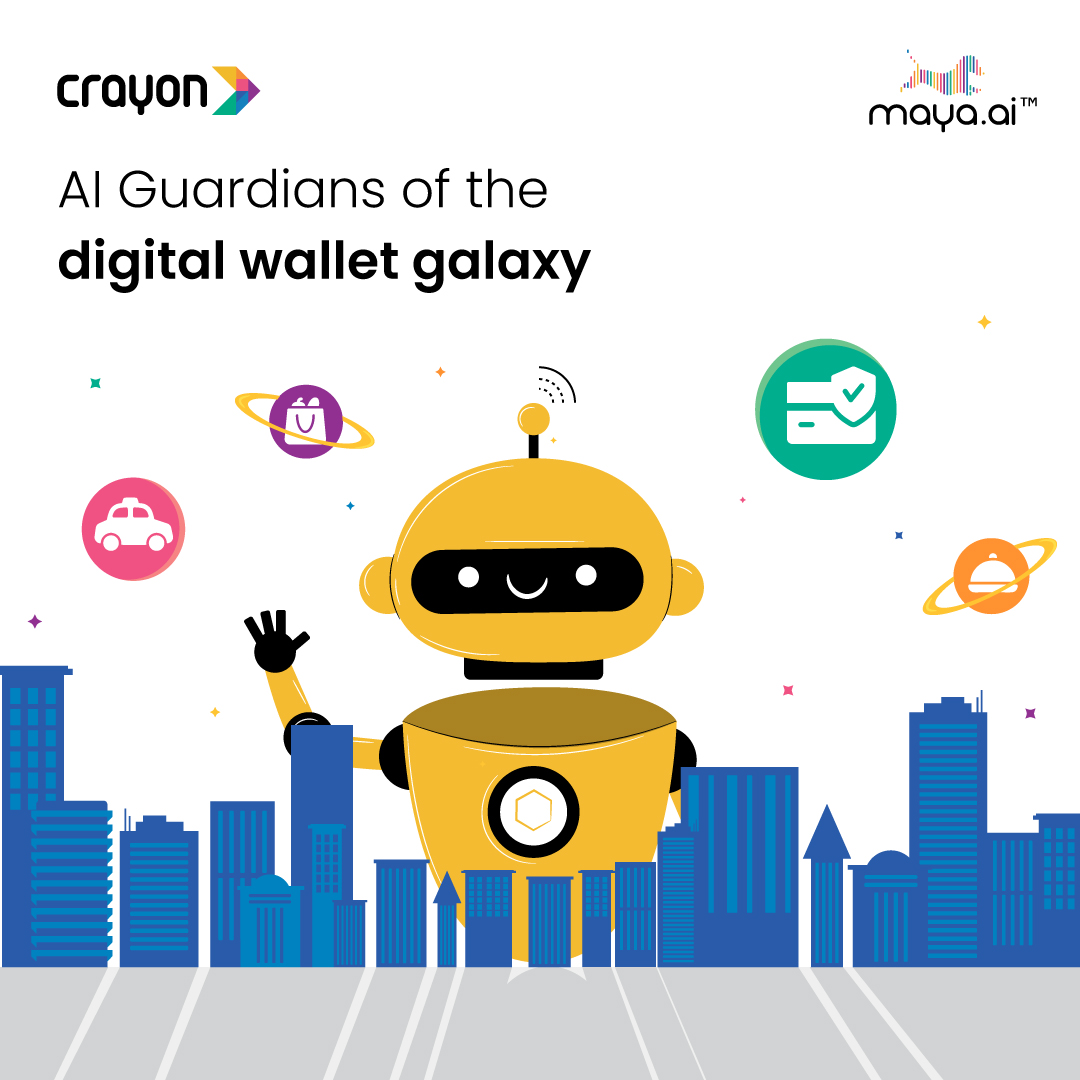





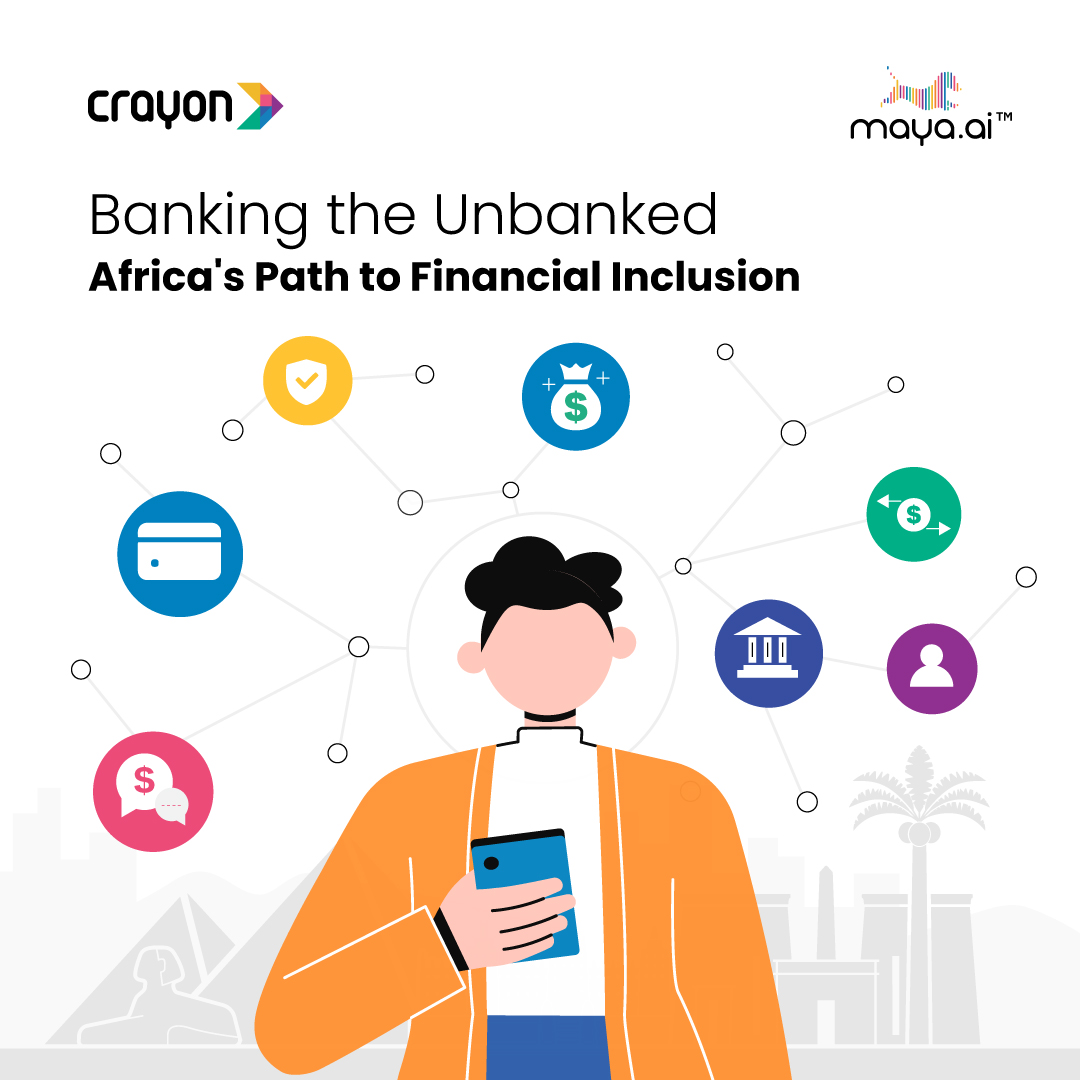

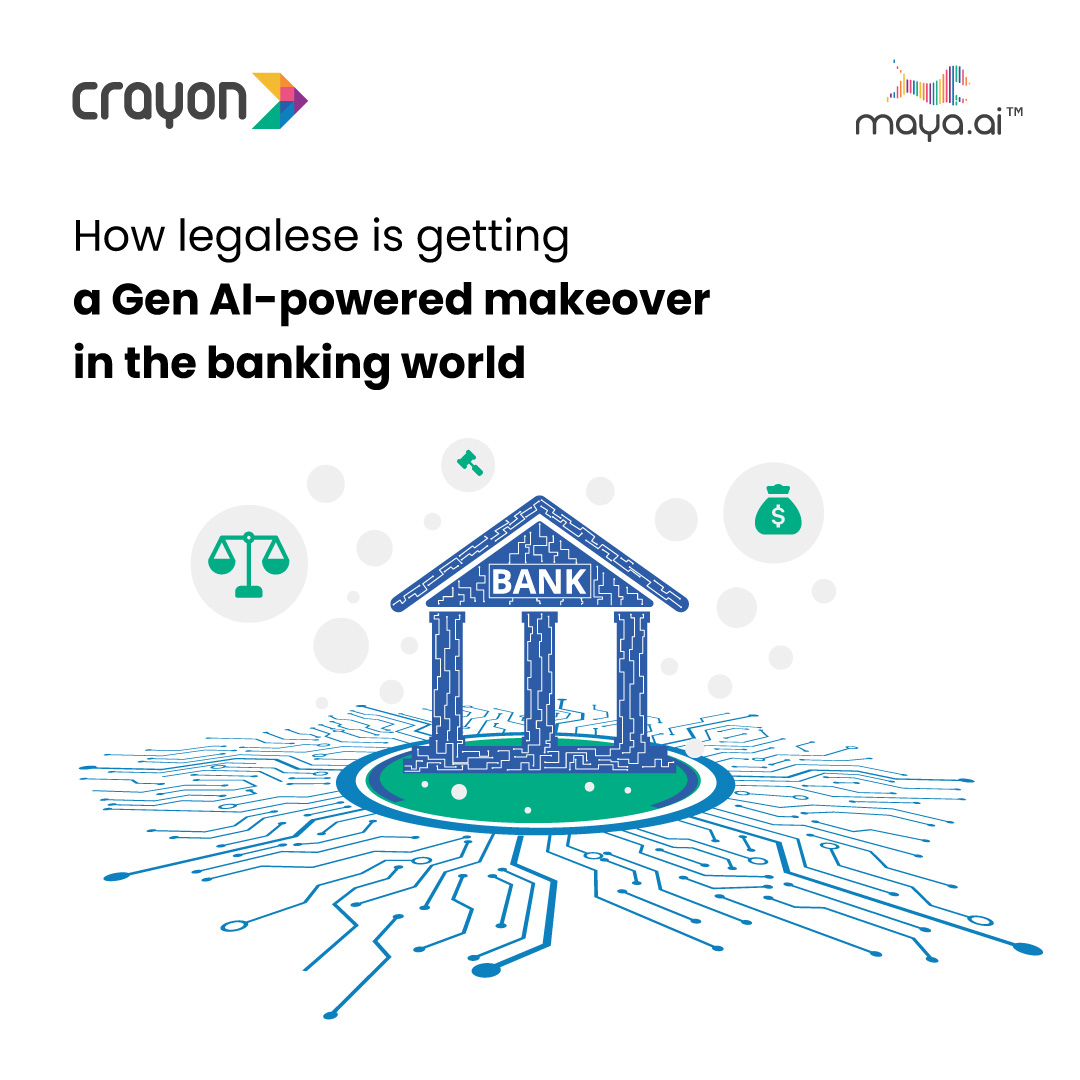

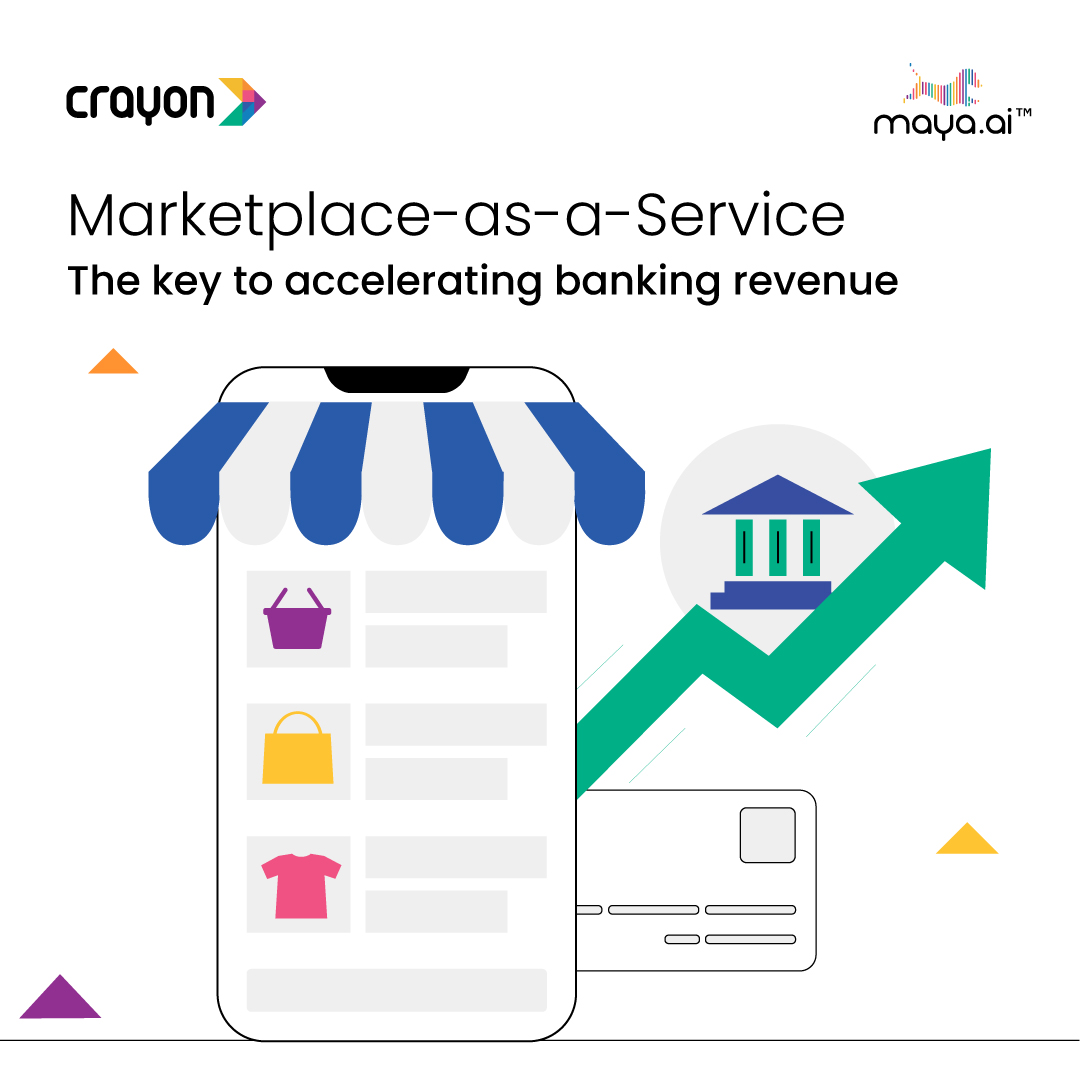


![Slaves to the Algo: AI podcast by Suresh Shankar [Season 1]](https://crayondata.ai/wp-content/uploads/2023/07/AI-podcast-by-Suresh-Shankar.jpg)
![Slaves to the Algo: an AI podcast by Suresh Shankar [Season 2]](https://crayondata.ai/wp-content/uploads/2023/08/version1uuid2953E42B-2037-40B3-B51F-4F2287986AA4modecompatiblenoloc0-1.jpeg)




